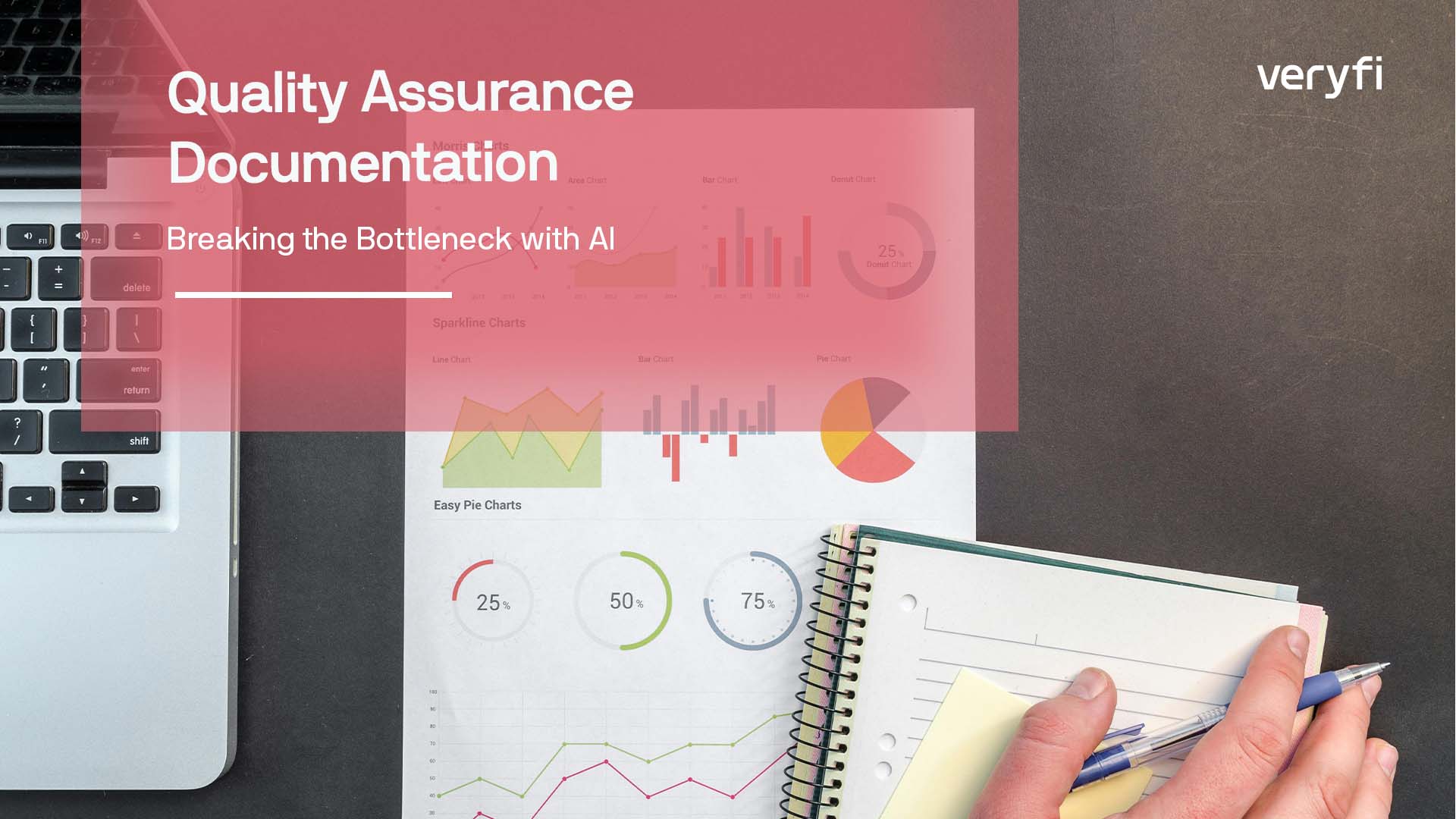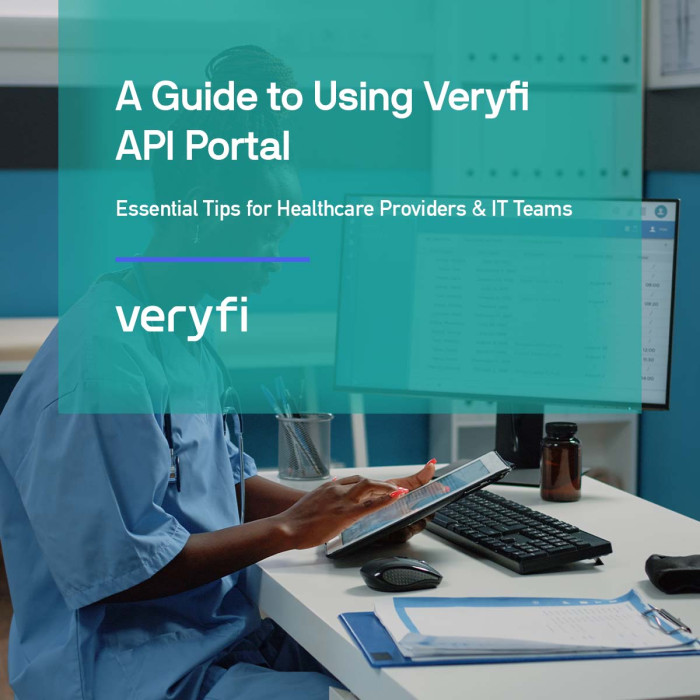Quality Assurance Documentation serves as a crucial roadmap in software development, protecting against errors and managing defects systematically. These documents facilitate clear communication between developers, testers, and stakeholders while ensuring consistent quality standards throughout the development lifecycle. However, companies struggle daily with managing test plans, defect reports, compliance records, and performance metrics – all while trying to maintain product excellence. Manual processing of these documents creates bottlenecks, increases errors, and diverts skilled workers from high-value tasks. But there’s a solution: AI-powered QA documentation is transforming how businesses handle QA processes, cutting through complexity while improving accuracy and speed.
Essential Components of Quality Assurance Documentation
Quality assurance documentation encompasses several critical elements:
- Test Plans: Comprehensive outlines detailing testing requirements, methodologies, and timelines
- Progress Reports: Regular updates tracking testing status and identifying potential bottlenecks
- Test Cases: Detailed “recipes” for evaluating specific software functionalities
- Defect Reports: Systematic documentation of issues, their severity, and steps for reproduction
- Test Results: Documentation of actual outcomes versus expected results
The Quality Assurance Documentation Crisis
Why Quality Assurance is Overwhelming Teams
Quality assurance processes generate a vast amount of documentation, including test plans, defect reports, compliance records, and performance metrics. Managing these documents efficiently is essential for effective QA but can be time-consuming and error-prone when done manually.
Hidden Costs of Manual Documentation
As QA processes become more complex, there’s an increasing need for automated workflows to handle document processing, data extraction, and analysis. This automation is key to improving efficiency and accuracy in quality assurance procedures. Without a well-maintained QA documentation system, human error and unexpected code combination can cause a wide range of defects.
AI-Powered Solutions for QA Documentation
Comprehensive Quality Process Coverage
Veryfi’s AI engine sets a new standard in quality assurance documentation through its extensive pre-training on hundreds of millions of documents. The platform’s capabilities extend across every crucial phase of quality assurance, from initial requirement analysis through final audit reporting. By automating documentation for test planning, defect tracking, compliance verification, and acceptance testing, Veryfi streamlines the entire quality assurance life cycle. This end-to-end coverage ensures no critical information is missed while maintaining the highest standards of accuracy throughout each process stage.
Automated Data Enrichment
Beyond basic extraction, Veryfi elevates quality documentation through intelligent enrichment features. The system automatically enhances extracted data with vendor information, business ID verification, and precise categorization. This advanced processing includes detailed line item analysis and automatic due date calculations, transforming raw documentation into actionable quality assurance insights without manual intervention.
Comprehensive Document Workflow Automation
Versatile Document Processing
Omni revolutionizes quality assurance workflows by handling an unprecedented range of document formats. The platform seamlessly processes everything from traditional documentation to presentation decks and web-based content, converting them into structured, actionable data. This versatility ensures that quality teams can automate documentation regardless of its original format, creating a truly unified quality assurance system.
Enterprise-Scale Processing Architecture
Built for the demands of modern quality assurance operations, Omni’s infrastructure delivers robust processing capabilities through a scalable API framework. The platform enables organizations to create custom document pipelines within their virtual private cloud, ensuring both security and performance. This architecture supports high-volume processing while maintaining the flexibility needed for diverse quality assurance requirements.
Advanced Technologies Powering Quality Assurance
The impact of these advanced technologies on quality assurance transforms traditional testing approaches. By automating document processing and workflow management, businesses accelerate time to market while maintaining comprehensive quality documentation. This systematic record-keeping ensures consistent testing methodologies and clear acceptance criteria across teams. The enhanced efficiency allows quality assurance teams to focus on critical thinking and innovation rather than manual documentation, leading to thorough testing coverage and improved compliance tracking.
As QA processes evolve in complexity, automation and AI drive effective documentation practices. Modern AI-powered tools create clear communication channels between development and testing teams, enable efficient resource allocation, and provide real-time insights into testing progress. This integration of automated documentation and quality processes leads to better products, satisfied customers, and stronger market positioning, all supported by scalable documentation practices that grow with business needs.










